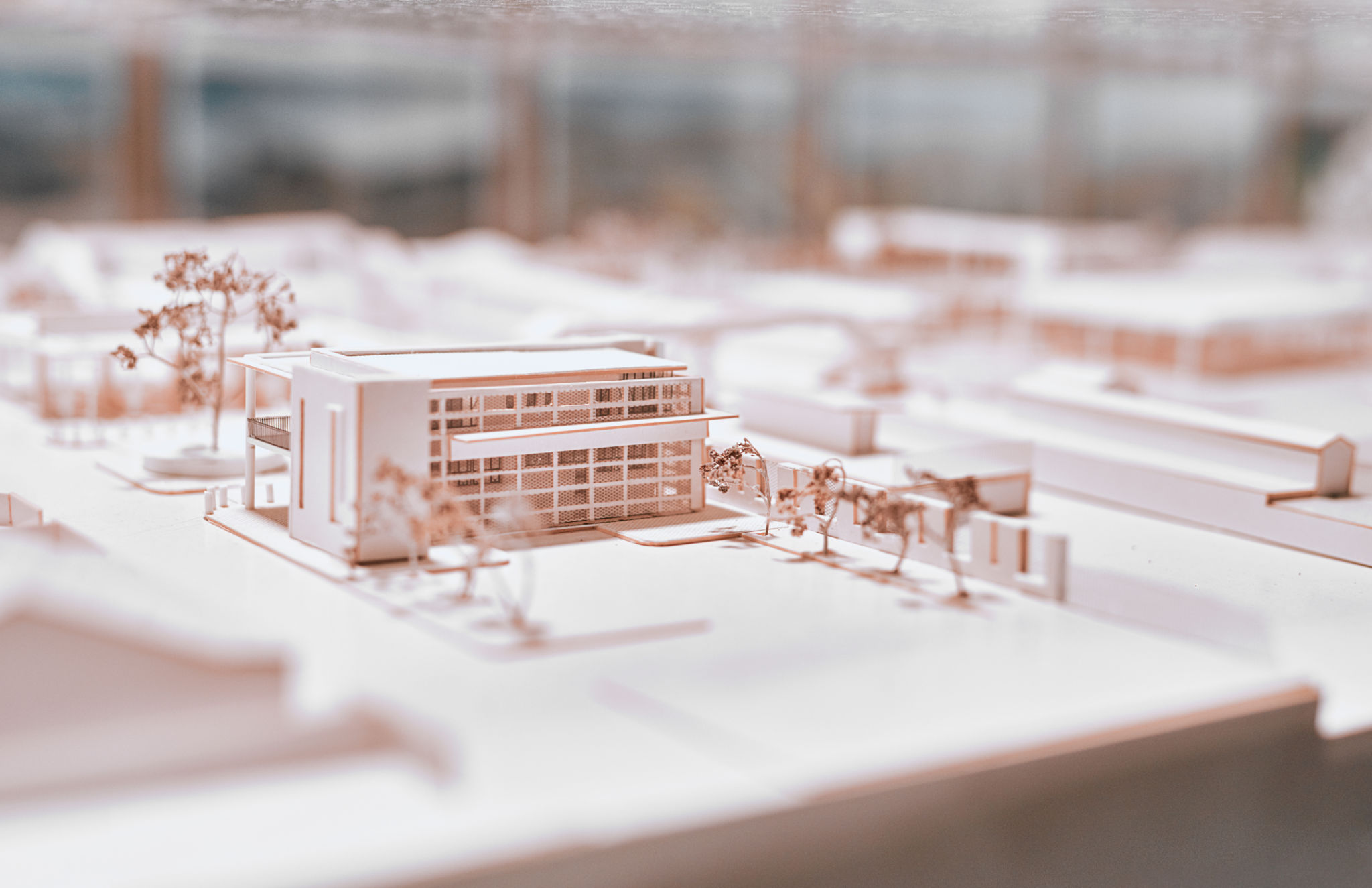Model Building Kits: A Step-by-Step Journey for Beginners
Starting Your Model Building Adventure
Embarking on the journey of model building can be an exciting yet daunting task for beginners. Whether you're interested in assembling historical aircraft, intricate ships, or futuristic robots, model building kits offer a rewarding hands-on experience. This hobby not only enhances your dexterity but also boosts your patience and attention to detail. If you've ever wondered how to get started, this guide provides a step-by-step approach to help you navigate the world of model building.

Selecting the Right Model Kit
The first step in your model building journey is selecting the right kit. As a beginner, it's crucial to choose a kit that matches your skill level. Start with kits labeled as "beginner" or "easy," which often feature fewer parts and simpler instructions. Popular options include car model kits, basic aircraft, and small-scale ships. As you gain confidence and experience, you can gradually progress to more complex models.
When choosing a model kit, consider the materials. Kits are commonly made from plastic, wood, or metal. Plastic kits are ideal for beginners due to their ease of assembly and wide availability. Additionally, ensure you have the necessary tools such as glue, paint, and brushes, which are often indicated on the kit's packaging.
Understanding the Instructions
Once you've selected your model kit, take time to thoroughly read the instructions. Understanding the assembly process is crucial for a successful build. Most kits come with detailed step-by-step guides that include illustrations. Pay close attention to any special notes or symbols that indicate crucial assembly points or potential pitfalls.

It's advisable to organize all parts before beginning assembly. This helps avoid confusion and allows you to identify any missing pieces early on. Sort the parts according to the assembly stages outlined in the instructions, and make sure you have a clear workspace.
Assembling Your Model
The assembly process is where your model truly begins to take shape. Follow the instructions carefully, taking one step at a time. Use the recommended glue sparingly to avoid excess residue and ensure a clean finish. Patience is key—allow ample time for glue to set before moving on to subsequent steps.
During assembly, some parts may require painting before attachment. If painting is part of your kit's instructions, use fine brushes for precision and apply thin coats of paint for a smooth finish. Remember that practice makes perfect; don't worry if your first attempts aren't flawless.

Final Touches and Display
After completing the assembly, it's time for final touches. Decals may be included to add realistic details to your model. Carefully apply them using tweezers for precision placement. Seal your work with a clear coat if recommended by the instructions to preserve both paint and decals.
Choosing an appropriate display method is the final step in showcasing your completed model. Whether on a shelf or in a display case, ensure it's positioned in a safe area away from direct sunlight and dust. Displaying your creation not only serves as a testament to your hard work but also inspires future projects.
Enjoying the Benefits of Model Building
Model building is more than just a hobby; it's a journey of creativity and skill development. With each project, you'll notice improvements in fine motor skills, problem-solving abilities, and artistic expression. This hobby also offers a wonderful sense of accomplishment with each completed model.

As you continue on your model building journey, remember that practice leads to perfection. Embrace challenges as opportunities for growth and enjoy the satisfaction that comes with each new creation.